More about: 10 Things to Do in Tokyo in Winter
Temperatures drop substantially during the winter in Tokyo. Touring the city bathed in snow and ice and making the most of the activities offered during the winter period can be one of the best experiences of your trip.
From visiting Mount Fuji to contemplating the city from the heights of the Radio Tower, through its exquisite cuisine and celebrations to ward off bad luck. Get your coat ready, because here are the best plans for your visit.
1. Discover the best version of Mount Fuji
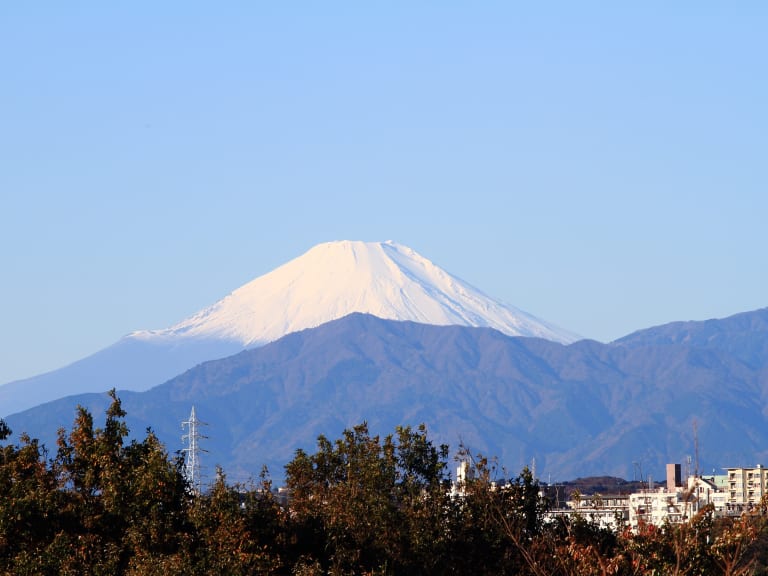
The temperature in Tokyo during the winter can drop substantially, reaching sub-zero temperatures and some sporadic but heavy snowfall. However, in Japan during the winter, as long as it does not rain or snow, the sky usually remains clear, something uncommon during the other times of the year when clouds usually monopolize the horizon. This is good news for the visitor because Mount Fuji remains in full view from the city, revealing its best profile.
If you want to visit, you can book a Mount Fuji tour from Tokyo, which also includes a visit to Lake Ashi, or go on your own, but one way or another it is worth a visit during the winter season:
- At the foot of the mountain is located the Fujiten Snow resort , with its seven ski slopes with varying levels of difficulty where you can practice winter sports.
- There is also a toboggan run designed especially for the little ones, so it is also an interesting plan if you are visiting Tokyo with children.
- Special events are held at the resort every night, including fireworks.
2. Immerse yourself in the volcanic hot springs

Traditional baths, or onsen in Japanese, are volcanic hot springs that are a cultural experience in Japan. These baths have healing qualities, but they are also beauty-oriented, as it is customary for them to be arranged with views of outstanding natural sites, such as Mount Fuji or the Five Lakes.
In Tokyo there are many options, some of them themed:
- Niwa No Yu baths, at the Toshimaen amusement park.
- Open-air baths, such as the one at LaQua.
- Neighborhood baths, such as Daikokuyu.
- The Myojin No Yu onsen, which is set in the post-war era.
As you will see, there are different types and styles and some also include sauna and jacuzzi, but the tributaries of all have a natural origin in volcanic nappes, even if they are located on islands or inhospitable terrain.
3. Visit the medieval village of Shirakawa-go with an excursion from Tokyo

The medieval village of Shirakawa-go is famous for its typical houses and Gassho-zukuri-style buildings , a type of architecture that consists of building sloping roofs to prevent snow accumulation, as rainfall is abundant in the mountainous region of Gifu.
With a two-day excursion from Tokyo you will also get to know the Tateyama Kurobe route, which is known for its twenty-meter snow walls during the winter, in a winding route that leaves only the road cleared by the bulldozer in sight.
Visiting the village during the snowfall is a very interesting experience and the typical Japanese winter photographs you can take there are very nice. In fact, if you like photography, I also recommend you to book a night photo tour in Tokyo where you can take the best snapshots.
4. Ward off bad luck by celebrating Setsubun no Hi

If you are visiting Tokyo in February, you can attend the Setsubun no Hi festivals held throughout the country, marking the last day of winter according to the lunar calendar.
Setsubun no Hi is a tradition of throwing roasted soybeans while saying the phrase "Oni wa soto, fuku wa uchi", something like "demon out, fortune in", to chase away demons from houses. The practice of throwing soybeans is known as mame-maki.
During the celebration it is very common for guided tours of the city to be oriented to this theme, so don't hesitate and book a private tour of Tokyo.
5. Enjoy snowy Tokyo from the observation deck of the Radio Tower

The Radio Tower marks the second highest peak in Tokyo and is the city's most visited observation deck. Inspired by the Eiffel Tower and painted white and international orange to comply with air safety regulations, this 332-meter-high structure features two observation decks and one of the best panoramas of the Japanese capital during the winter, when snow dresses the skyscrapers and city streets in white.
If you are visiting Tokyo during the winter I recommend that during a clear day you visit the tower and let yourself be amazed by the view it offers. One of the observation decks also has a transparent glass floor that will give you the sensation of floating in the air.
To get the most out of your visit, book tickets for the Tokyo Tower Observatory in advance. In addition, if the sky is clear, you will be able to see Mount Fuji on the horizon.
Details of interest
- Price... Entrance to the Tower's observation decks costs approximately 10 euros.
- Location... 4 Chome-2-8 Shibakoen, Tokyo.
- Hours... The tower observation deck is open daily from 9:00 am to 10:00 pm.
- How to get there... By subway on the Oedo line to Akabanebashi station, Hibiya line to Kamiyacho station, Mita line to Onarimon station and Asakusa line to Daimon station. By train on the JR Yamanote line to Hamamatsucho station.
6. Lose yourself in the enchanted forest of Ueno Park

Ueno Park holds some mysteries in winter that often only locals know about, and although its leafy trees are often bare, the snow, cold and leaves carpeting the ground bring the enchanted forest to life.
The enchanted forest is, in reality, a path of winding trails of opaque colors and bathed in snow. If you dare to brave the cold, you can walk through the Ueno and during the weekend, when the flow of visitors decreases, listen to the sound of nature to escape for a few minutes from the bustling and dazzling Tokyo.
Ueno Park also houses the largest and oldest museum in Japan, so it may be a good idea to get tickets to the Tokyo National Museum, and make the most of your visit before continuing your tour of the capital. I also recommend you to visit the Shinobazu Pond and, if you have the possibility, wait there for the sunset.
7. Experience Christmas in Tokyo's Christmas Markets

Japan has adopted many of the customs of the West, especially when it comes to celebrations, so it will come as no surprise that Tokyo dresses up for Christmas from November onwards. And one of the places where the Christmas spirit is most alive is in the markets:
- Ebisu Garden is one of the most beautiful in the city and is inspired by France. There you can find French specialties such as handmade decorations, candles or the traditional mulled wine.
- If you want something more local you can visit the Tokyo Skytree market, which stands out for its illumination, or the Roppongi market.
- If you want to experience a traditional Christmas market, I recommend Shiba, because it is inspired by German culture.
You can not miss a visit to one of the many in the Japanese capital to enjoy the decorations and music, buy all kinds of gifts and eat some of the delicious dishes of the local cuisine, which you can also enjoy by booking a gastronomic tour of Tokyo.
8. Walk through Hanegi Park and see plum blossoms in bloom

The Japanese cherry tree, or sakura, is the most famous in Asia, but the plum tree, or ume, is the harbinger of spring and also one of the most beautiful with its striking plastic pink color. Hanegi Park, in the Setayaga district, has the largest plantation in Tokyo and becomes an attraction when its groves begin to bloom in mid-February.
Plum trees are considered symbols of life and rebirth in Japan and are therefore revered by locals. If you enjoyed the trails in Ueno Park, you can't miss the Hanegi ume. But be careful with the branches sticking out of the trees!
Hanegi Park is a bit far from the epicenter of Tokyo's main attractions, but it is a good excuse to also visit the Shibuya district or the Hachiman shrine.
9. Get to know Tokyo through its winter illuminations

Christmas in Tokyo stands out for the illuminations of its buildings and for the countless bulbs, LED lights, signs and creative designs that recreate a winter cityscape, bright and cheerful, magical to discover in every night walk.
The virtual map of the places worth visiting during the winter nights to see Tokyo illuminated reaches every corner of the city, and an excellent option to do it sheltered from the cold is to book a bus tour of Tokyo.
The best thing about this experience is that you can discover it from any part of the city because Tokyo vibrates with its wonderful lights from November until the end of winter:
- The vicinity of Shinjuku Station becomes a glowing forest riddled with wooden walkways, benches and crowned by the Docomo Tower.
- The Roppongi district is also illuminated by Christmas lights, as is the Radio Tower and the Tokyo Skytree structure.
- The parks are also places that usually shine at night in Tokyo: Ueno Park, Yebisu Gardens and Shibuya Gardens.
10. Enjoy the Japanese winter cuisine
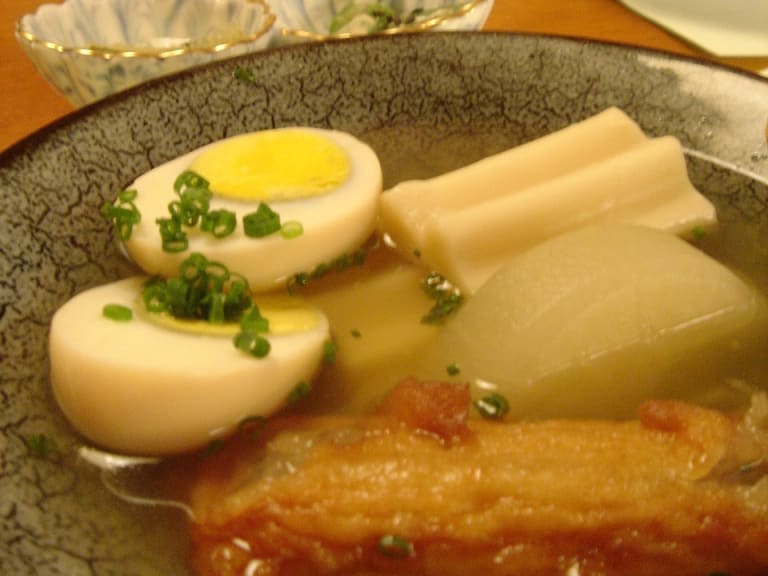
The cold weather is a good excuse to enjoy Japanese gastronomy during your visit to Tokyo in winter. Hot dishes will be the protagonists of your tour of one of the best cuisines in the world, which is much more enjoyable when the temperature outside reaches degrees below zero.
If you want to complete a totally native experience , you can hire a gastronomic tour of Tokyo, where you will taste fresh sushi, which during Setsubun no Hi becomes a typical dish, as well as dashi soup, fried fish cake, octopus tentacles, Japanese tea and much more.
Whichever option you choose, you will taste exquisite flavors and learn more about the delicious Japanese food that is usually the protagonist of Tokyo food tours.
Temperatures in Tokyo in winter
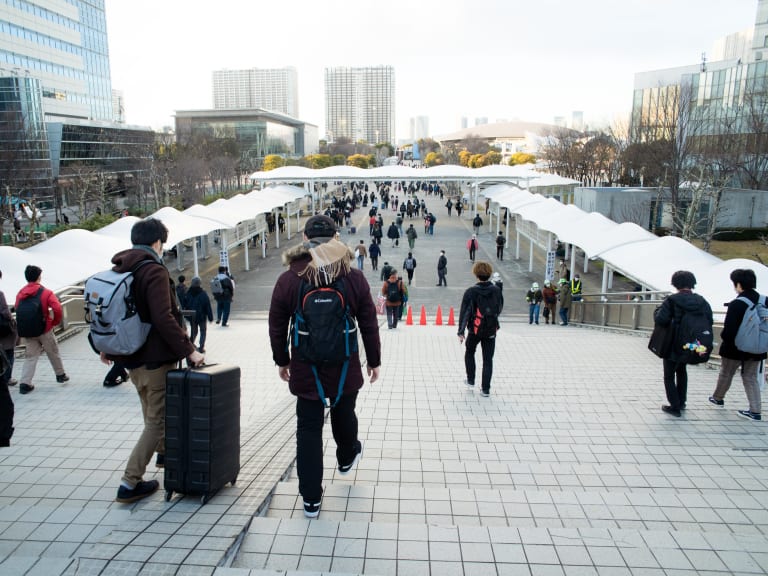
During the winter, the temperature in Japan drops significantly and, although snowfall in Tokyo is neither persistent nor daily, it can be heavy. The positive thing about the Japanese capital is that during the winter period rainfall is rare. On a sunny day you can take the opportunity to climb the Tokyo Skytree and, if you're lucky, you can see snow-capped Mount Fuji. Sounds good, doesn't it?
In December the temperature stays at an early 12°C high and 5°C low at night, but in January the lows drop to 0°C or below. February usually starts off very cold with temperatures below freezing and then cools down towards the end of the month, recovering to December's average temperatures.
When touring Tokyo I recommend that you always wear warm coats and comfortable shoes, especially because when it snows the city collapses and public transport becomes a hive of activity.
The influx of tourists in Tokyo in winter

Winter is one of the best times to visit Tokyo. The influx of tourists drops substantially and the already crowded Japanese capital becomes friendlier to walk around.
If you don't mind a cold weather, the winter period is a highly recommended option not only because of all the activities the city has to offer but also because it is the cheapest time .
On the other hand, Japan's domestic tourism is also active during winter and many locals leave Tokyo, so that also frees up public transportation in the Japanese capital. Just keep in mind that during snowfalls the subway and trains are often collapsed generating delays.
Prices in Tokyo during the winter

Tokyo is not a cheap city in general, but during the winter the prices are cheaper. Due to the lower demand of tourists, you can find some discounted accommodation and winter excursions also have lower costs than activities in Tokyo during the summer.
You should keep in mind that this has an explanation and is that January to March are the coldest months of the year in Tokyo, but also an interesting opportunity to ski in the mountains surrounding the Japanese capital and enjoy other activities typical of the winter period.
What to pack for visiting Tokyo in winter
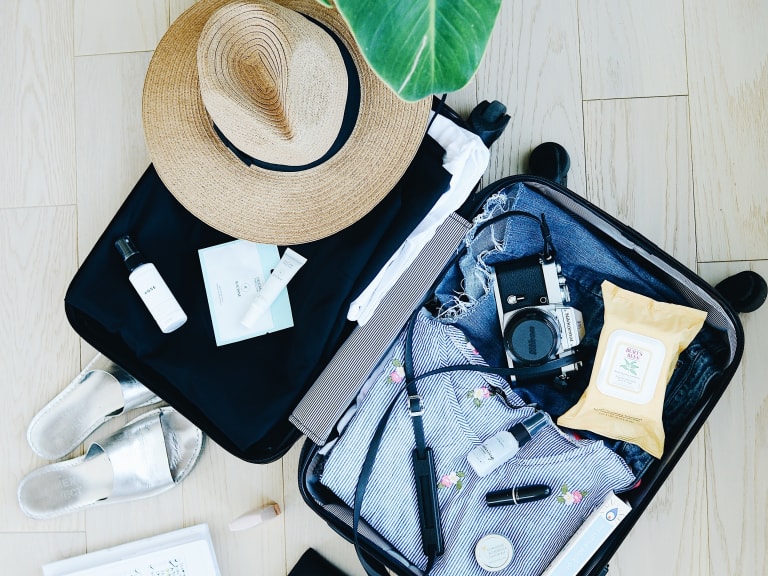
The weather in Tokyo during the winter will require you to pack a variety of coats in your suitcase , including comfortable shoes and waterproof jackets to cope with the snowfall.
Here is a list of items that you cannot miss in your suitcase if you are planning to travel to Tokyo during the cold season:
- Woolen hat
- Woolen scarves
- Waterproof and tactile gloves
- Thermal socks
- Thermal fleece
- Fleece pants
- Wool sweaters
- Waterproof and comfortable boots
- Winter coats
- Waterproof jacket
- Sunglasses
Alternative plans to protect yourself from the cold in Tokyo in winter
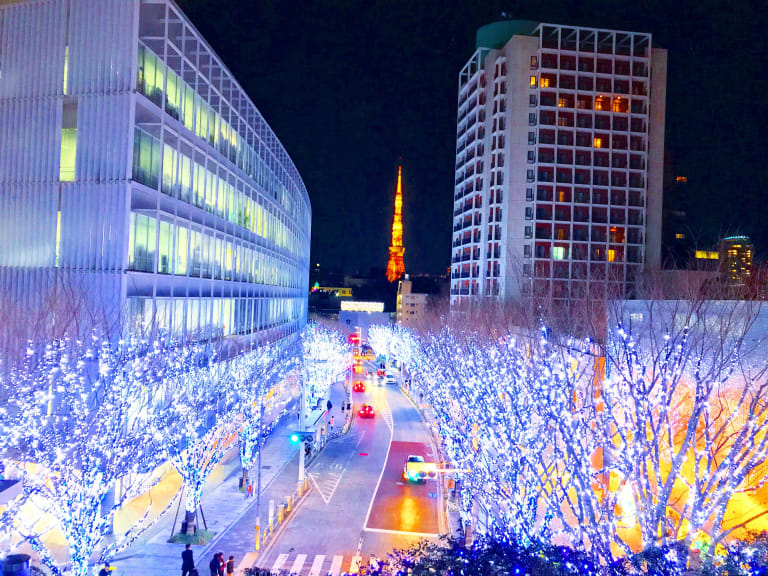
If you travel to Tokyo during the months of December and March you should be aware that the cold and snowfall will be commonplace but the city has a wide variety of activities to offer, and you can always escape the cold by taking a bus tour of Tokyo.
However, if you come across a heavy snowfall during your tour or want to beat the cold, you can choose to spend the day in the restaurants of Roppongi or in the closed markets or also enjoy some of the Kabuki-za plays.
Tokyo has many museums to visit with a wide variety of themes. In Akihabara you can spend the afternoon in a maid cafe or in a bar in Kabukicho. And you can also try a secret of the locals, which are the kairo, a thermal hot pack that you can put on your back or inside your shoes and it will keep you warm.



